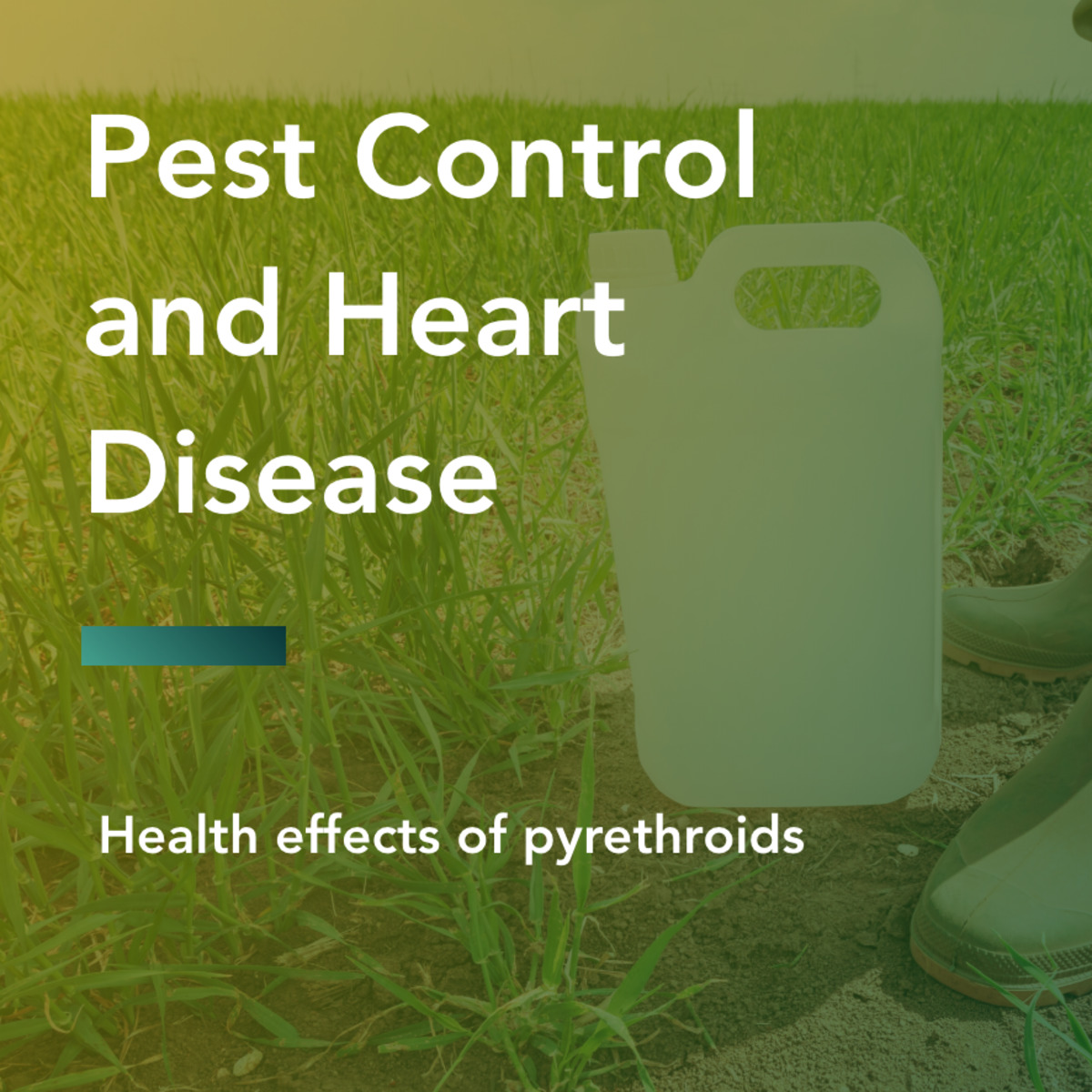The 7-Minute Rule for Eco Bed Bug Exterminators Dc
Table of ContentsThe Ultimate Guide To Eco Bed Bug Exterminators Dc6 Easy Facts About Eco Bed Bug Exterminators Dc DescribedSome Ideas on Eco Bed Bug Exterminators Dc You Need To KnowThe Single Strategy To Use For Eco Bed Bug Exterminators DcThe Ultimate Guide To Eco Bed Bug Exterminators Dc
Because pesticides are hazardous, they are additionally possibly unsafe to human beings, animals, other organisms, and the atmosphere. People who utilize pesticides or regularly come in contact with them should comprehend the family member poisoning, prospective health and wellness impacts, and preventative steps to decrease direct exposure to the products they make use of. Danger, or threat, of utilizing chemicals is the possibility for injury, or the level of threat associated with using a chemical under an offered collection of conditions.
Applicators can reduce or nearly get rid of direct exposure-- and therefore minimize threat-- by complying with the label instructions, using individual safety garments and equipment (PPE), and taking care of the pesticide correctly. More than 95 percent of all pesticide direct exposures come from dermal exposure, mainly to the hands and forearms. By putting on a pair of unlined, chemical-resistant handwear covers, this kind of exposure can be virtually eliminated.
The damaging results that occur from a solitary direct exposure by any kind of route of access are labelled "severe results." The 4 paths of exposure are dermal (skin), inhalation (lungs), oral (mouth), and the eyes. Intense poisoning is determined by analyzing the dermal poisoning, inhalation toxicity, and oral poisoning of examination pets.
The Buzz on Eco Bed Bug Exterminators Dc
Acute poisoning is determined as the amount or concentration of a toxicant-- the a.i.-- required to kill 50 percent of the pets in an examination populace. This action is normally shared as the LD50 (dangerous dosage 50) or the LC50 (dangerous concentration 50). Furthermore, the LD50 and LC50 values are based upon a solitary dosage and are taped in milligrams of pesticide per kilogram of body weight (mg/kg) of the test pet or in components per million (ppm).
The lower the LD50 or LC50 value of a pesticide item, the higher its toxicity to humans and pets. Pesticides with a high LD50 are the least poisonous to human beings if made use of according to the instructions on the item label. The persistent poisoning of a pesticide is determined by subjecting test animals to long-term exposure to the energetic ingredient.
The persistent toxicity of a pesticide is harder than acute poisoning to identify with lab evaluation. Products are categorized on the basis of their relative acute toxicity (their LD50 or LC50 values). Chemicals that are classified as extremely harmful (Toxicity Classification I) on the basis of either oral, dermal, or inhalation poisoning have to have the signal words risk and toxin published in red with a head and crossbones icon plainly displayed on the front panel of the plan label.
The severe (single dose) oral LD50 for pesticide items in this group ranges from a trace total up to 50 mg/kg. As an example, exposure of a few drops of a material taken orally might be fatal to a 150-pound individual. Some pesticide products have just the signal word threat, which informs you absolutely nothing concerning the intense poisoning, just that the item can trigger severe eye damage or extreme skin inflammation
Not known Details About Eco Bed Bug Exterminators Dc
In this classification, the intense oral LD50 arrays from 50 to 500 mg/kg. A tsp to an ounce of this material could be deadly to a 150-pound individual (bed bug heater rentals). Chemical items classified as either a little toxic or reasonably nontoxic (Toxicity Classifications III and IV) are needed to have the signal word care on the chemical tag

All chemical toxicity values, including the LD50, can be located on the item's Material Safety and security Data Sheet (MSDS) - exterminator DC. Chemical labels and MSDS can be obtained from sellers or manufactures. Furthermore, most items likewise know that can be found on the Internet. The symptoms of pesticide poisoning can range from a light skin irritability to coma or even fatality.
People additionally differ in their sensitivity to different degrees of these chemicals. Some people may reveal no reaction to an exposure that might create extreme health problem in others (exterminator DC). Due to the fact that of prospective health issues, pesticide customers and handlers must identify the common signs and signs of pesticide poisoning. The impacts, or symptoms, of chemical poisoning can be broadly defined as either topical or systemic.
Indicators on Eco Bed Bug Exterminators Dc You Should Know
Dermatitis, or inflammation of the skin, is accepted as the most commonly reported topical effect linked with chemical direct exposure. Some people often tend to cough, hiss, or sneeze when subjected to pesticide sprays.
This symptom typically subsides within a few mins after a person is article removed from the direct exposure to the toxic irritant. A reaction to a pesticide item that creates a person not just to sneeze and cough however additionally to create extreme acute respiratory symptoms is more likely to be a real hypersensitivity or allergic response.
Systemic impacts are quite various from topical effects. They often take place away from the initial point of call as an outcome of the pesticide being absorbed into and distributed throughout the body. Systemic effects usually include nausea or vomiting, vomiting, tiredness, headache, and intestinal tract conditions. In advanced poisoning situations, the individual might experience adjustments in heart price, problem breathing, convulsions, and coma, which could lead to death.